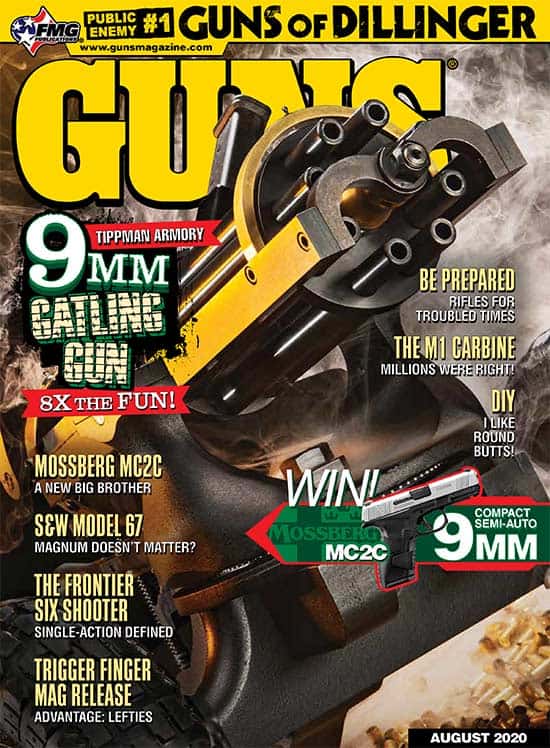The Best They Had
Cynics might sniff that Whelen, who began hunting with a .40-72 and whose military service pre-dated the Spanish-American War, had no access to more versatile scopes. They’re wrong.
In 1902, as two Ohio bicycle mechanics built the first of a crude series of powered aircraft, Zeiss developed a rifle-scope with an erector system. A couple of years later, when Wilbur and Orville recorded an 852-foot flight near Kitty Hawk, Zeiss had a short “prism” scope. By 1921 Zeildovier and Zieldosechs scopes featured variable power. In 1926 Zeiss listed four fixed-power sights, two variables. The gap in the center of a #1 “Graticle” spanned 25" at 100 yards — a range-finding reticle! By 1928 Zeiss controlled M. Hensoldt & Sons, founded in Wetzlar by Hensoldt and Kellner in 1849. The Zeilvier 4x listed at $45, a hefty sum when motorists in the U.S. could buy Henry Ford’s Model T for $360!







